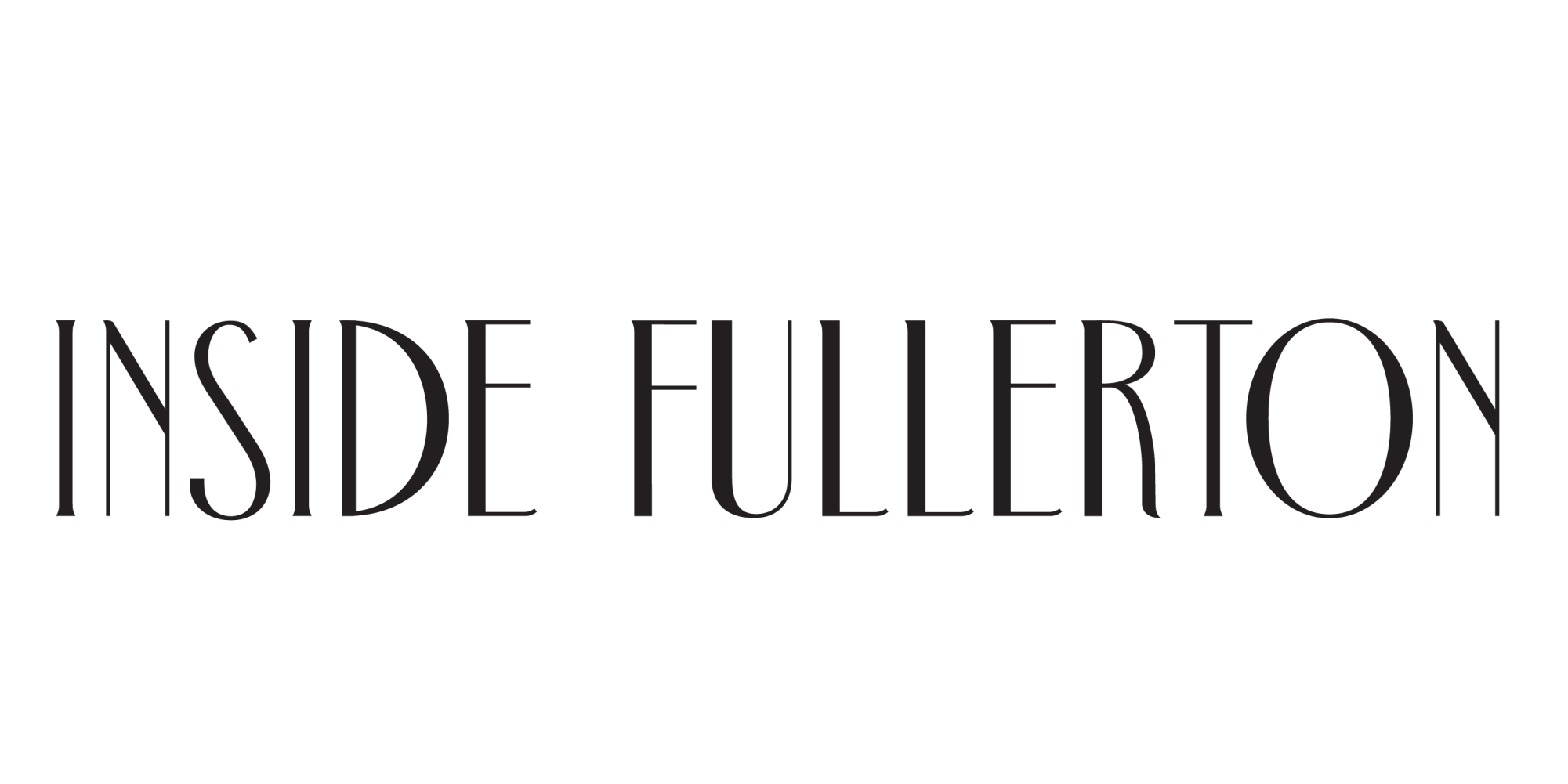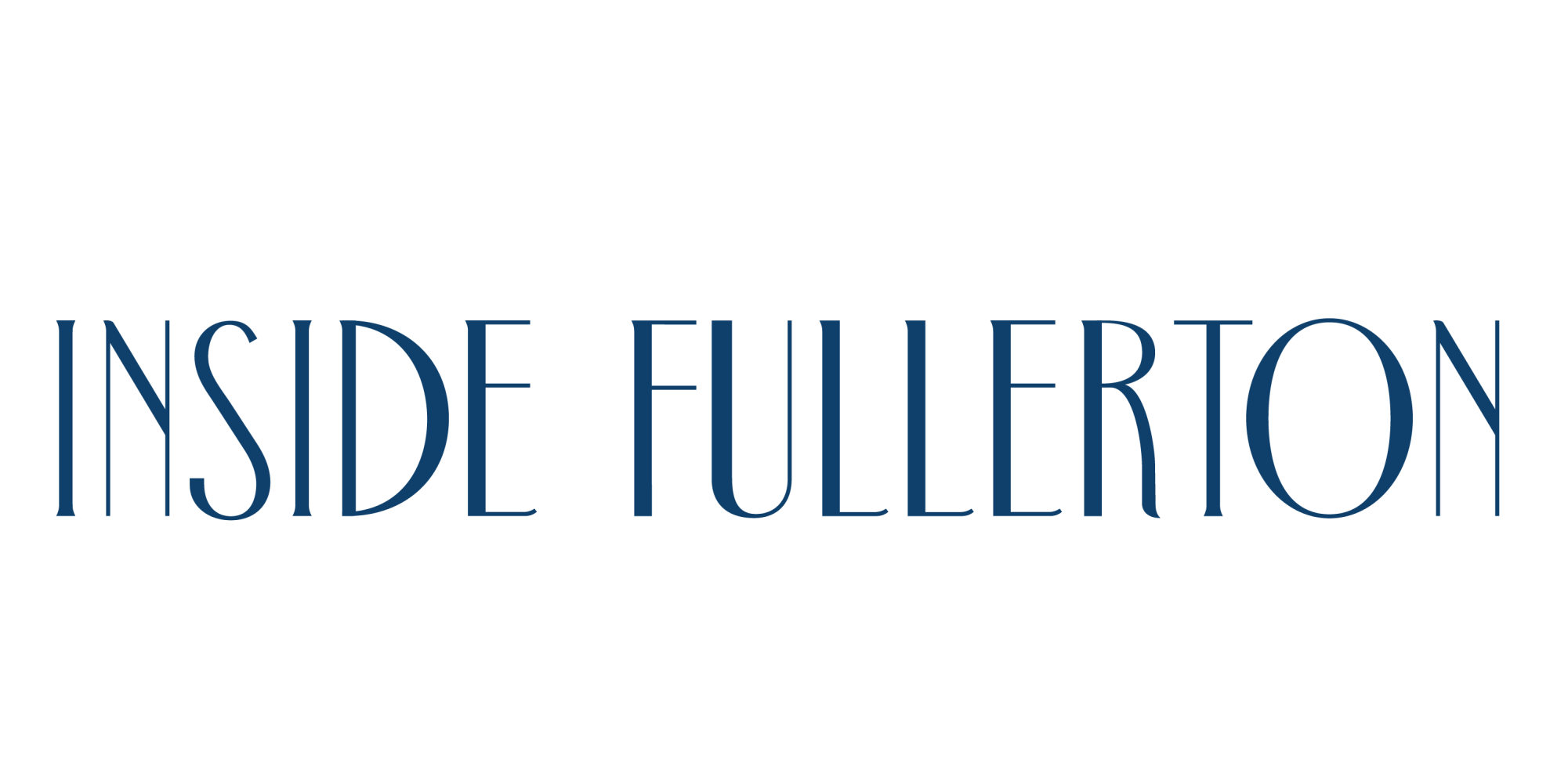It’s 6 a.m. on a Wednesday, and you’ve awoken to the painful sound of your alarm clock, you immediately feel overcome with a heavy sense of dread for the day ahead of you. But, alas, you find a moment of peace and comfort when you remember—tonight is Riverdale night, and at 8 p.m. you will finally be able to relax and binge one of Gen Z’s favorite TV shows. After all day spent pondering the fate of protagonists Archie and Betty, the time comes to claim the couch and stream the CW. But when reaching for the remote, you find yourself in a tug-a-war with your older sister and she wants to watch… Friends?! How incredibly boring!
Why does it seem as though you both have such vastly different preferences when it comes to entertainment? Perhaps it’s not a reflection of your personalities in particular, rather the generations that have influenced you on how you like to spend your Netflix nights.
Generation Z has taken the world by storm, in this past year especially. Many believe this is due to their strong sense of activism and brutal honesty when it comes to controversial topics. The age range for Gen Z is a birthday between 1997-2012. In contrast, the Millennial generation is known to be less open than Gen Z about once-taboo topics, such as sex, sexual orientation, women’s rights, racism, abortion, discrimination, etc. Hence, these themes aren’t as prominent in TV shows and films made during their time. The millennial age range is a birthday between 1981-1996.
Due to entertainment consisting heavily of the Gen Z audience, screenwriters and producers have quickly begun to diversify casting choices, and integrate these usually sensitive topics that the younger generation has proven passionate about into their programs. It seems as though it is Gen Zs’ mission to rebel against these themes being perceived as taboo—so much so, that they have become the pinnacle of most new shows’ plots. Popular TV shows like Euphoria, Riverdale, 13 Reasons Why, Orange is the New Black, Shameless and All American each offer transparency in scenes that consist of sexual relations, drug use, racism, sexual assault, same-sex relationships and abortion.
Cal State Fullerton’s screenwriting professor Vic Phan dove deeper into this analysis when he explained “I think they’re showing brutal honesty. Teenagers today aren’t doing anything new that teenagers in the previous century weren’t doing,” admits Phan.
On the contrary, most shows prior to the 2000s weren’t as educational and honest with viewers on these subjects. Prime examples of some iconic series are Boy Meets World, Fresh Prince of Bel-Air, Everybody Loves Raymond and Full House. While these shows are timeless, they lack two of Generation Z’s most critical elements: realism.
If Millennial favorite One Tree Hill wasn’t explicit enough for Gen Z, imagine the outrage for a viewing of the 1930’s film From Here to Eternity that was heavily edited to avoid portraying or hinting at homosexuality, or the “foot popping” rule that states a woman must have one foot on the floor during kissing scenes to avoid any sexual connotation in a bed. Both of these examples were attributed to the Hays Code of 1934, which encompassed 36 “Do’s and Don’ts” for early Hollywood films—the don’ts, of course, including every single one of Gen Z’s favorite controversial themes.
The Hays Code was created to prove to Congress in the 1930s that Hollywood had “cleaned up its act” after the widespread backlash and public complaints brought upon by cinemas that included themes of feminism, drug addiction, and sexuality exhibited in their films. This set of laws was a heavy component in the prevention of past generations to experiment with activism and free expression.
Oh, how times have changed. Thankfully, society is starting to embrace these lifestyles that were shamed for so long—and the media is now a direct reflection of this newfound respect and understanding. This normalization of gender identity and expression, intersectional identities, feminism, diversity and discrimination awareness can be widely accredited to the persistence of Generation Z.
One of the most prominent changes from the Millennial generation progressing to Generation Z is the popularity of streaming services such as Netflix, Hulu, Disney Plus, and YouTube; each with tens of millions of subscriptions to be renewed annually in the U.S. alone. These platforms have significantly changed the game for film and series lovers, and have generated a plethora of what the media have dubbed “cord-cutters.” The uprising of these cinematic nuclei has led to the gradual demise of cable users worldwide. Simply in 2021, it is far less likely for the girl’s night showing of Legally Blonde to be recorded on DVR, rather than to be streamed on Netflix.
Professor Phan offered his professional opinion on the matter stating “Streaming platforms now allow for content that wouldn’t be possible on the air by network standards and practices. So the content now can push the envelope a lot more than the content from the 90s, since the only distribution method back then was on the air and cable.”
Phan suggests the possibility of these streaming services being the missing ingredient for the Millennial generation’s notoriously traditional and “innocent” entertainment. Having less restrictive entertainment hubs have allowed the modern generation to become accustomed to enjoying motion pictures that embody real and everyday themes.
What is the outcome of this young generation’s habitual viewing of brutally honest sexual relations and drug use, you may ask? Well, I did, and here’s what he said: “I think it’s a double-edged sword. It may inspire some to want to experiment with drugs and sexuality, but at the same time, it may deter others to try those activities since Euphoria [for example] also portrays the negative sides too” Phan explained.
When considering this new perspective, it is possible to believe that maybe it’s not Generation Z that’s leading the world toward pandemonium in cinema, but rather encouraging the world to indulge in the viewing of televised stories through a much clearer lens.


